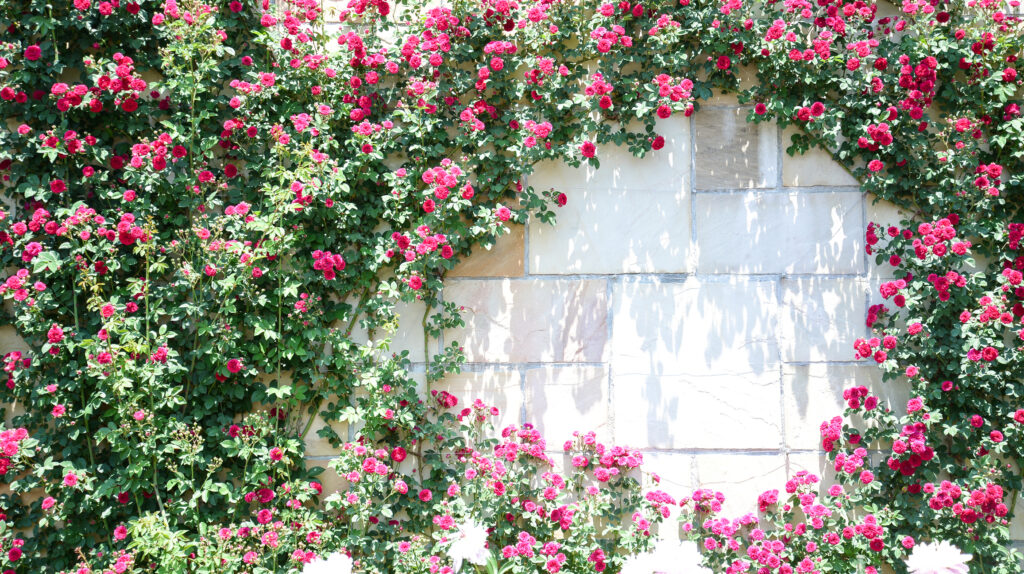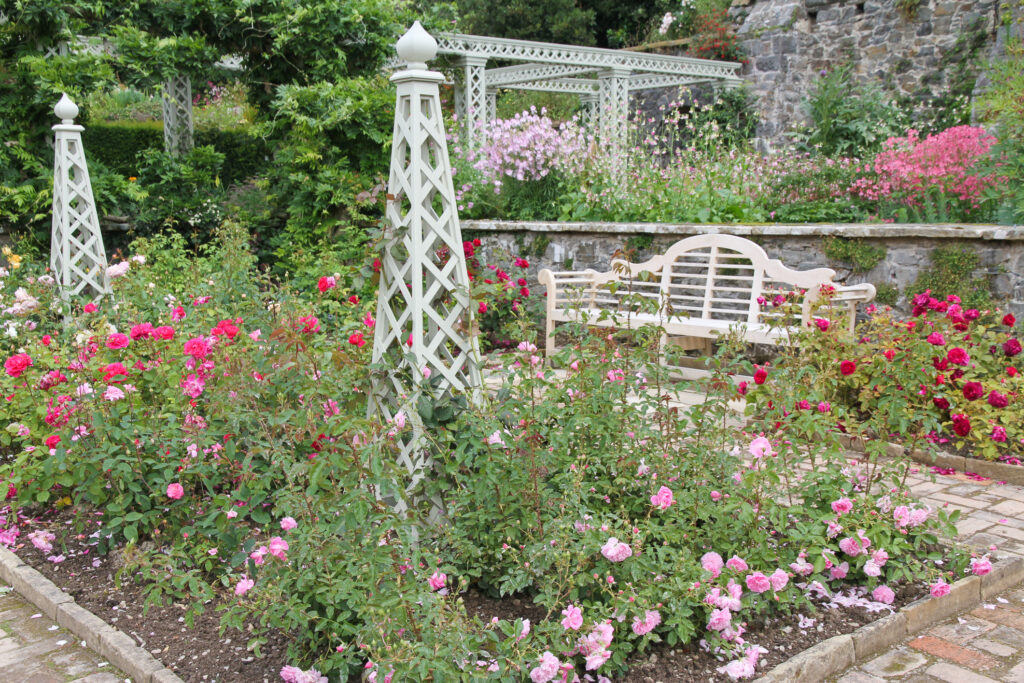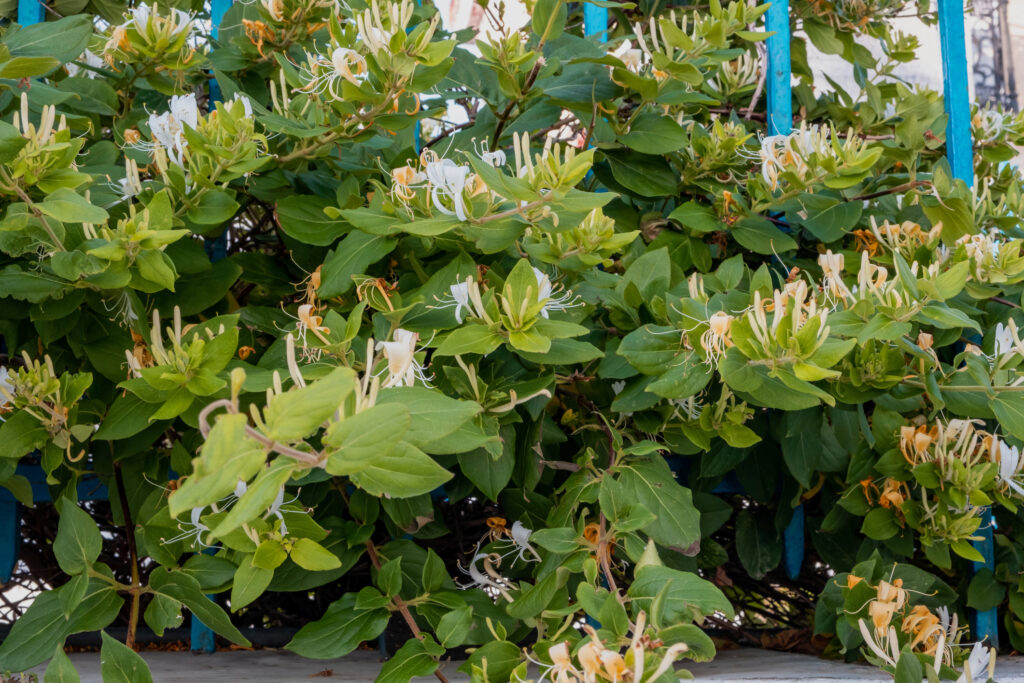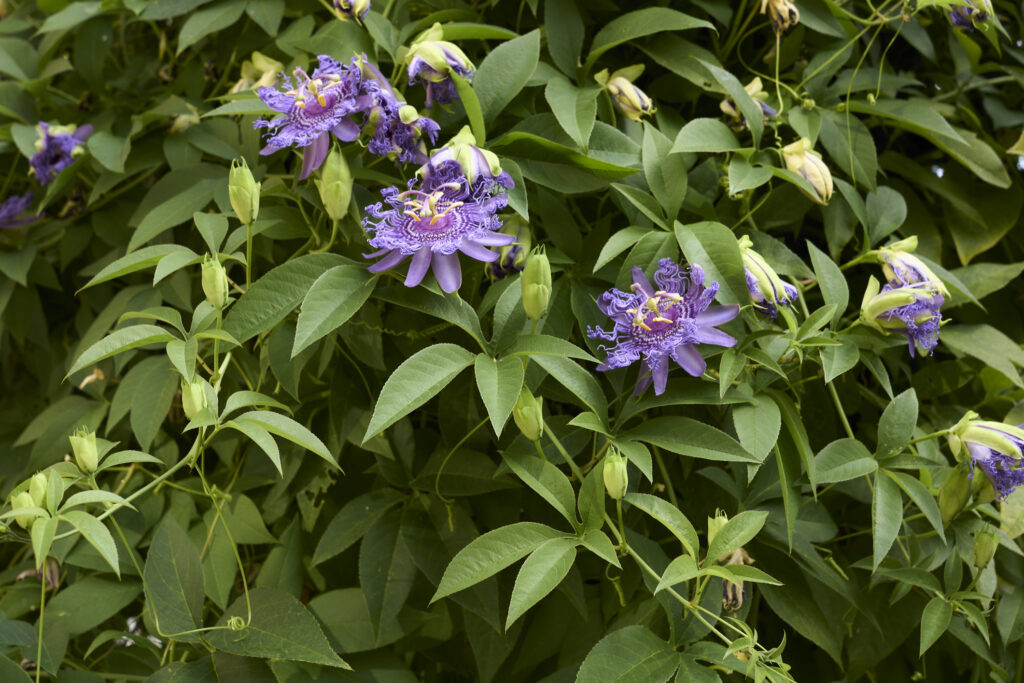
Vines and climbing plants have an almost mystical way of enticing us in. They connect us and our man-made structures to the earth. Vines soften hardscapes and can offer a wall of green for privacy. Many vining plants can provide a curtain of nectar flowers for hummingbirds and other beneficial pollinators. Some vines are exotic, and some are native that just look like they are exotic. Here are some suggestions and growing tips to make the most out of vines.
Selecting Your Location

Just like choosing any other garden plant, we must first ask some simple questions; Where will this vine be planted? Is it in full sun or part shade? What will grow in our hardiness zone? Do we want a flowering vine? What will our vine be growing on? When choosing, know that the type and size of the vine should match the size and type of support it will have.
How Vines Attach To Their Supports

Twiners
The first thing to know about vines is most vines are twiners, which means in order to climb, their stems grow in a spiral manner around vertical support. For most vines the higher they can climb, the tighter they will “hug” their supports. This is important to know when you are designing the height of the support your vine will grow onto. The taller it is, the stronger it should be.

Tendrils
Some vines use clasping methods for holding on, these are called tendrils. Sweet peas and Passionflower hang on this way. They do hold on tight but can still be removed easily. Other vines, however, like Ivy, Hydrangea anomala – Climbing hydrangea and Parthenocissus quinquefolia – Virginia creeper use clinging anchoring structures or rooting structures from their stems to attach itself to the brick and mortar. As mentioned above, these types of clinging vines need strong structures and walls to adhere to, for long-term success. They are difficult to remove once they are attached and thriving.
Vines for Arbors, Fences, or Tripods

Many types of vines and vining plants can be utilized for softening a small structure like a fence or an arbor. Tripods and garden obelisks often used as focal points in Victorian gardens are gaining popularity again. These are all good applications for Honeysuckles, Clematis, and Roses.
Scentsational Honeysuckles

Honeysuckles are adaptable to many different garden locations and can thrive in fairly average, but organically amended soils. As with any blooming plants, honeysuckle vines will bloom best in full sun but will tolerate some later afternoon shade.
‘Scentsation’ is a floriferous honeysuckle that bears bright, lemon-yellow fragrant flowers against dark green foliage. This is a perfect candidate for easy training on an arbor or fence where it will welcome your guests with a plethora of bright blooms and their sweet aroma of summer. Reliably root hardy in USDA zones 4 – 9.
‘Peaches and Cream’ is another easy to manage 5 to 6 ft. growing vine with deep green soft round leaves that will be covered in luscious bi-colored fragrant blooms virtually all season. Plant this vine in a prominent place, in full sun right off your back deck and place a tripod or obelisk climbing tower over the top of it and watch it grow. Root hardy for USDA zones 4-9.
Climbing Clematis

Clematis are especially well suited for training onto arbors and growing on climbing tripods. Single and double flowering types are available to suit any situation. Different types of Clematis require proper pruning to keep them happy and blooming well. They are typically offered in specific groups according to how they should be pruned. You will find pruning information on our website listed with their physical descriptions. Clematis, like Lilacs, prefer “sweet” soil which means more alkaline. Well-draining soil with rich organic components but with a pH near neutral or slightly above, not acidic. Clematis prefer more sun than shade to bloom well, but their roots should be kept well mulched to keep them cool, happy, and shaded.
‘Kilian Donahue’ produces stunning 5 in. diameter blooms of dark magenta and lavender-pink with classic white-centered anthers, on vines of 8 to 10 ft. tall. Adaptable and hardy for zones USDA zone 3-8
‘Midnight Showers’ a.k.a. ‘Warsaw Nike’ is a 40-year-old favorite of a similar size that bears rich burgundy-wine colored blooms highlighted with golden centers. Like ‘Kilian Donahue’ this clematis will bloom from spring to fall, on new or old wood. Well-suited to USDA zone 4 to 8.
Bear in mind, with Clematis vines, that they will eventually reward patient gardeners. Cursing them for growing meagerly in the first season will not help. They are long-lived, always impressing intrepid gardeners by their second or third season with vigor and more delightfully strong growth.
Rambling Roses

Roses are the other quintessential climbing or rambling plants that can be used equally well for a modern, minimalistic garden or a quaint historic cottage garden. Here are two excellent varieties for growing on trellises, for screening, on an arbor, or along a fence.
‘Zephirine Drouhin’ rose has been pleasing rosarians and non-rose growers alike for over a century and a half. Zephirine is able to grow and bloom in sun or shade with pain-free, nearly thornless canes. Semi-double fragrant blooms of dark to light pink cover the plant heavily in spring and flush again in late summer to fall. Left alone she is a strong grower of 8 to 10 ft. easy. This rose is hardy to USDA zones 5-9.
Ramblin’ Red® rose is as tough as he is colorful. This is an endlessly accommodating climbing rose that can be trained up and on any structure for a 6 to 10-foot accent type plant. Fill up an arbor with this rose or let Ramblin’ Red® fill out a fence corner with ease. Grown on its own roots and hardy to USDA zone 3-7.
Native Vine Options

‘Blue Moon’ – Wisteria macrostachya, sometimes referred to as Kentucky Wisteria, is a better-behaved, North American lavender-blue blooming vine. Sweet fragrant blooms occur a few years after planting, so be patient. This is a strong grower that will perform best when given a substantial structure to clamber onto. Even though it takes several years, 15 ft. tall is not an unreasonable height for this vine to grow to.
Maypop, or Purple Passionflower Vine is a native to our Southeastern U.S. When planted in a full sun-sheltered location this zone 5 root hardy vine will be long-lived and produce spectacularly exotic-looking flowers for decades. This fascinating, easy-to-grow vine blooms in summer followed by fleshy small oval edible fruits that ripen later in fall. Plant your passion vine in well-drained, organically rich soil and provide guidewires, a trellis, or netting along a sturdy fence to give it the simplest suggestion of climbing, and it will do the rest. Consistent watering of at least 1 in. per week during summer will keep your Maypop growing well.
Vines have their place in the garden and our hearts. Find a suitable place to plant a precious vine you can easily care for and watch, as you would your own child grow and thrive. Once mature, your vine will better connect you to your home and garden.
Other Recommended Reading

- Hydrangeas: Pruning For Blooms
- Wildflower Magic: Sowing Perennial Wildflower Seeds For Success
- Sunflower Guide – Growing, Caring, & Varieties
- Iris Growing Guide
- 8 Tips To Growing & Caring For Peonies

At Jung Seed Co, we strive to be your go-to guide for all your gardening needs. Our YouTube channel Jung Garden Center now includes our new video series All Things Green where our experts provide gardening tips for all levels of gardeners. When you need reliable gardening advice, turn to the trusted experts at Jung.
View our new catalog online or browse our website for all of your gardening favorites. To receive info on new products, exclusive deals, and specials, be sure to sign up for our weekly email. Join our Facebook page, to discuss all things gardening!
